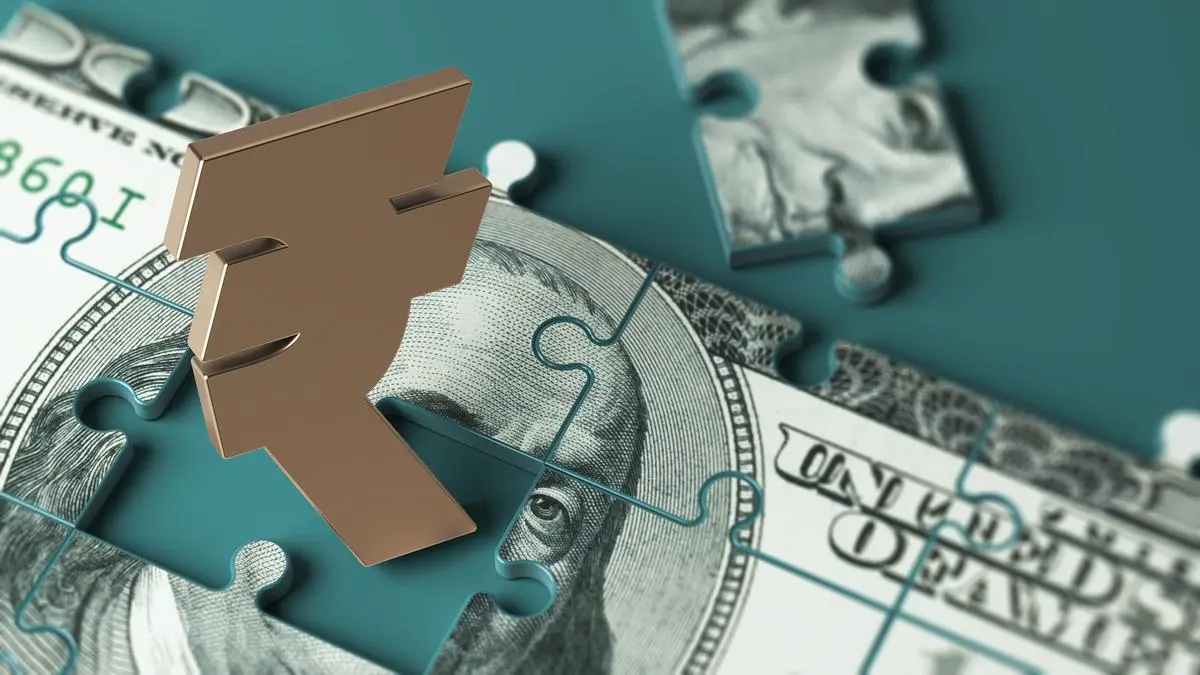While an Canadian CBDC may be far off currently, Jim Cunha, senior vice president at the Federal Reserve Bank of Boston, shared how a CBDC or a digital dollar might work across the border in the U.S. A CBDC would function similar to actual cash, Cunha said. “If I gave you CBDC, it’s as if I’m handing you physical money, like a $100 bill. You’d have that money in your account and it’s yours. I couldn’t take it back.”
This is a key difference versus other forms of electronic payment today, such as PayPal. “If I send you money through PayPal, it’s just a promise that money is coming. Your balance may show the funds, but money hasn’t actually moved between banks yet.”
Because of that, the transactions are not irrevocable and it’s possible for the other party to reverse; there are 60 days when an ACH transfer can be potentially unwound. With transfers through CBDC, the funds would be sent close to instantly and the other party couldn’t cancel after.
Another key advantage of a CBDC is that it could be deemed legal tender. That means all economic actors must accept it for any legal purposes. “You could pay your taxes with it. Anyone you owe debt to, like the bank or individuals, legally are required to take it,” Cunha said.
This is in contrast to other digital currencies, which are not legal tender. Only certain vendors accept crypto directly, so people may need to convert their cryptocurrency into U.S. or Canadian dollars before making most transactions. When you use crypto as a form of payment, you also currently create a taxable event, which means you may owe capital gains taxes each time you purchase something with Bitcoin or Ether. This is in addition to any sales taxes. With a CBDC, you would only owe any applicable sales taxes, just like you do using physical currency.

















